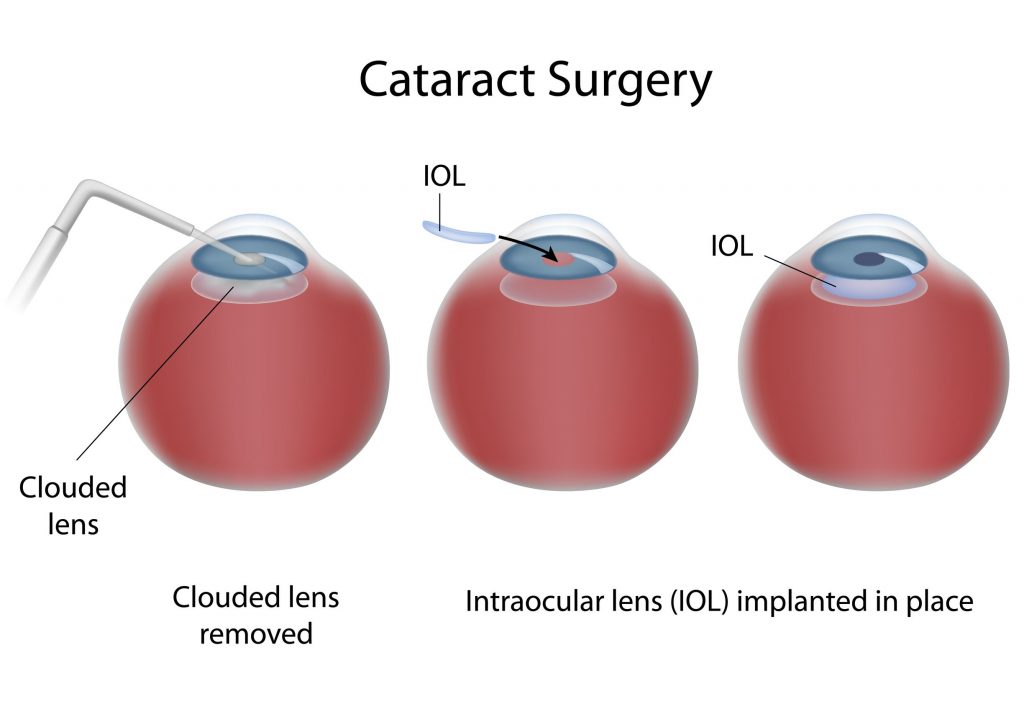
Intraocular lenses (IOLs) are used in cataract surgery to replace the natural lens in the eye that becomes clouded. IOLs come in a variety of different types depending upon the corrective need of the patient and the preference of the surgeon.
Before the invention of IOLs, the removal of cataracts meant that a patient had to wear thick glasses or special contacts to see because the lens wouldn’t be replaced after it was removed.
Depending on your need, there are different types of IOLs that you can have placed in your eyes.
Multifocal IOLs
Multifocal IOLs are the next generation in IOL technology. Traditional IOLs could only focus at one distance requiring patients to wear reading and distance glasses if their IOLs were at the intermediate viewing distance.
These new lenses allow you to focus at various distances in a range. Many people no longer need glasses after they get cataract surgery. Sometimes, cataract patients will need reading or distance glasses or contacts after surgery, but the need is greatly diminished with these new lenses.
Read about Tecnis Intraocular Lenses.
Monovision (IOLs for Presbyopia)
Another option to consider, if you are getting cataract surgery performed in both of your eyes, is monovision. Monovision is what happens when one lens is replaced to see near and one is replaced to see distance. In this way your brain will adjust to using one eye for distance and one for close objects, mixing the two seamlessly together.
Sometimes, there can be issues with focusing that cause vision to be blurred both near and far. You may wish to try monovision contacts before you have cataract surgery in order to determine if it will be a good fit for you.
Other types of IOLs
 |
|
Please contact us for more information about IOL technology or to speak with an experienced cataract surgeon in your area.
